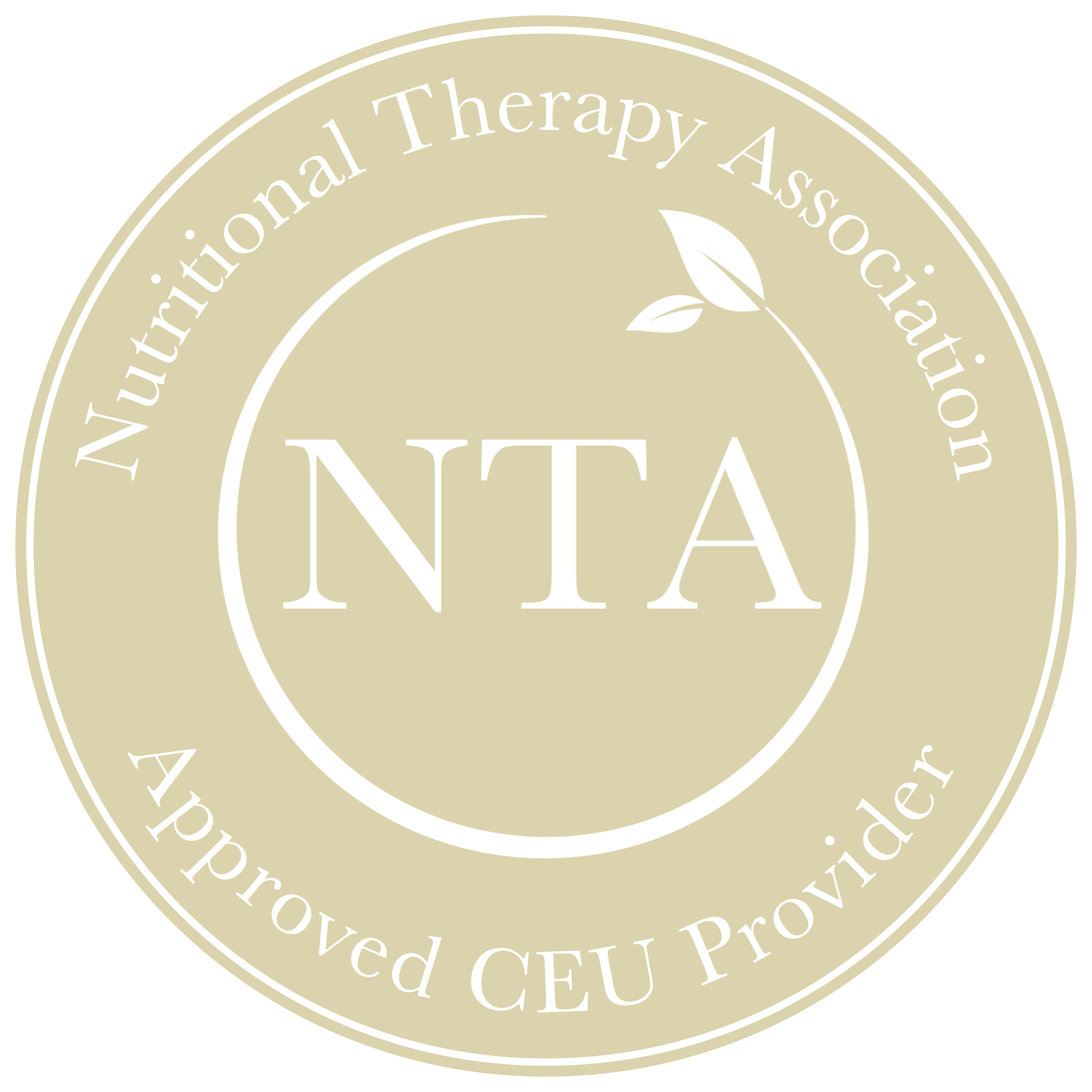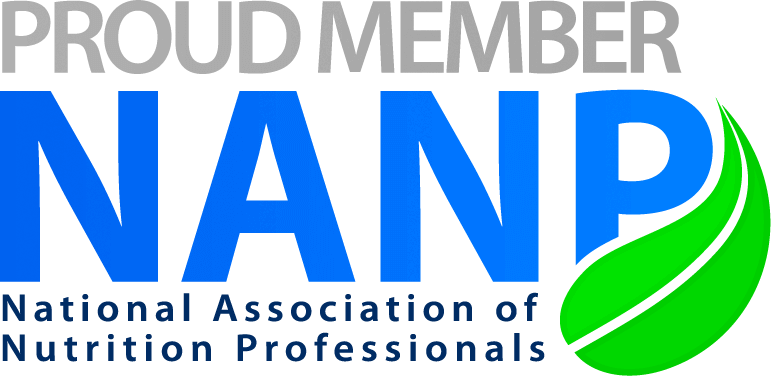I’ve always loved running, but I’m typically slow. Even in my teens, when we’re “supposed” to be fast, I crept along at a grandmotherly pace. As my high-school friend Anne-Marie said to me one day when I mentioned going for a run, “Let’s get one thing clear, Margaret. You JOG; you don’t run.” That message sunk in.
With this label haunting me, I took to running (sorry, jogging) at night when no one could see how slowly I went.
Fast forward to my mid-30s when I decided to take things to another level and train for my first marathon. I didn’t try to run fast, I just wanted to finish. And I did, albeit slowly. My first marathon was in San Francisco, and I clocked in at 4 hours 51 minutes (4:51). A year later, I ran the LA Marathon and clocked in at an even slower 4:54. There were no world records being set here.
Ten years and two kids later, I got the itch to run races again. This time, I wanted to do it differently – and I really wanted to increase my speed. I began working with an incredible coach and learned how to train properly. We leveraged the down time of the pandemic to build a really strong foundation and then set the completely audacious goal (for me) of attempting to qualify for the Boston Marathon. For those of you who are non-runners, one can simply sign up for and run most marathons. There are no pre-qualifications – the officials assume if you’ve paid the entry fee, you’ve done the training and can survive the 26.2 mile run. The Boston Marathon is different. One must run a qualifying marathon within a certain time frame based on your sex and age. For me, a 47 year-old female, that time is 3:50. And given my marathon track record, this was going to be an absolute feat to attain. I knew I needed to pull out all the stops.
Challenging yourself physically like this is as much about what you’re doing around the training as it is about the training itself. How you fuel, how well you sleep, what other recovery activities you do…all of this has as much impact on your ability to achieve your goal as the number of miles you log each week and the quality of your workouts. Fortunately, I have ample tools in my functional nutrition toolkit, and I pulled out every one of them.
- Digestive health – the essential starting point
At RWS, we teach that digestion is the #1 healing priority of the body. Whether you’re supporting a client to heal from a chronic health issue or you’re training for a huge physical endeavor, this premise holds true. The starting point, always, is to ensure that digestion is optimal. This is work I had done previously and continued to focus on throughout my training.
Remember, it’s not just what we eat, it’s what we can digest that truly counts. Fueling myself properly for both the intense workouts and the recovery process was paramount and I needed to ensure that I was accessing every last nutrient from my diet. Furthermore, my training necessarily increased the amount of inflammation in my body. It was important that my digestion didn’t contribute to an additional inflammatory burden through a leaky gut that allowed endogenous toxins into my bloodstream.
I also needed to ensure that the foods I ate were not creating inflammation. How did I do this? Through using all the tools we teach in our Level 1 program: Mastering the Art and Science of Gastrointestinal Healing. I don’t have space here to walk through all of the details but suffice it to say, I entered into this intense period of training having done thorough GI stool testing, having identified, eliminated, and healed from inflammatory adverse food reactions, and was on a maintenance gut protocol to ensure optimal digestive function and microbiome balance.
A little known side-effect of training for a big endurance effort such as a marathon is how hard it is on the digestive tract. We know that optimal digestion occurs in a parasympathetic state, and yet on long runs and during the marathon itself, we’re fueling the body when it’s in a highly stressed, sympathetic state. Because of this, I included additional gut healing support throughout the training and I’m doing some GI testing now that I’m post-race to assess for and repair any damage done.
- Regularly track bloodwork to monitor key markers
We are big proponents of doing regular, comprehensive blood work to monitor key markers assessed from a nutritional and functional perspective to stay ahead of anything that is brewing. This is even more important when the body is being challenged by something as strenuous as this level of training. I did blood work every 6 months throughout the training process to ensure inflammation markers, oxidative stress markers, and key nutrient markers were in the correct balance. This allowed me to fine-tune my supplement protocol and ensure I addressed my body’s individual needs sufficiently. Indeed, through this testing I discovered that I needed to ramp up my antioxidant support significantly, as well as increase my intake of B vitamins.
Another consideration I watched for was any kind of flare with my underlying autoimmune condition: Hashimoto’s Thyroiditis. I didn’t experience any kind of symptoms prior to training and for the most part, this condition was in remission, but I kept a close eye on my thyroid hormone levels to ensure that my training didn’t trigger a flare.
- Fine tune macronutrient ratios with a Continuous Glucose Monitor (CGM)
In terms of my diet, I was already eating a very clean, nutrient dense, gluten-free diet prior to training and felt confident that I was fueling myself in a balanced way. That said, as I increased my weekly mileage, I found myself needing to bring in more carbohydrates than I would normally consume, and wanted to ensure I did so in a responsible way that didn’t lead to any kind of blood sugar imbalance.
To do this, I wore a continuous glucose monitor (CGM) for 6 weeks to closely track the impacts of my dietary choices. This experience was invaluable to me as I learned what kinds of starches my body tolerated really well (sweet potatoes, root veggies, and surprisingly, ½ a gluten-free bagel if accompanied by eggs and other protein sources for breakfast) and what kinds of starches would send me into a glucose spike almost immediately (rice and white potatoes). I also saw how my need for and tolerance of starches post-workout was significantly higher than other times during the day.
With this data in hand, I was able to adjust my diet to accommodate the increased need for starches without impacting my blood sugar levels in a negative way.
(If you’re interested in trying out a CGM yourself, the one I used was Levels. This link will scoot you to the front of their very long waitlist; it’s not an affiliate link and we make no money from you clicking it.)
- Identify genetic predispositions to enhance training
One of the most powerful things I did during this experience was to run a comprehensive genetics panel on myself. As we teach in our capstone program, The Art and Science of Clinical Mastery, identifying one’s genetic predispositions allows us to provide truly preventative health care. When you have insight into genetic possibilities, it allows you to be very proactive with your protocols, to monitor specific lab markers closely to ensure nothing untoward is developing, and in the case of training, to identify those areas where there is the biggest opportunity for leverage.
In my case, my genetic test was quite revealing. For one, I learned that I have a very high predisposition to inflammation and oxidative stress. This is invaluable to know and I was even more proactive with my supplement and self-care regime in these two areas. Next, I learned that I have a greater predisposition to joint and connective tissue issues; as such, I doubled up on the collagen and joint supports.
I also learned that I have a much higher need for recovery than other people. This is consistent with my experience and I doubled down on my restorative efforts in this area. I invested in regular body work, I used a foam roller daily, took regular saunas and ice baths, and stocked up on the epsom salts. I made sleep an even bigger priority than it already was, going to bed most nights before 9pm.
I discovered that the greatest leverage point for my training was actually not endurance-type activities, but power activities such as strength training, intervals, and hard efforts overall. This was important to know as I placed slightly less importance on achieving weekly mileage and more importance on speed work and strength workouts.
Equipped with these additional tools, I moved through the marathon buildup with surprising efficiency. I was simply amazed at what my body could do. Workouts that seemed next to impossible were challenging but doable, I was running weekly mileage unlike anything I’d ever done before, and I was hitting – often exceeding! – my pace goals which surprised both me and my coach.
On race day, weather conditions were particularly challenging and while I missed my Boston qualifying time by a torturous 4 minutes, I took 57 minutes off of my previous marathon time finishing in 3:54 and witnessed my body perform at a level I never imagined possible. As I look ahead to my next Boston qualifying attempt in the spring, I’m so grateful to have this powerful set of tools at my disposal to continue to hone my performance and set a new personal record.







